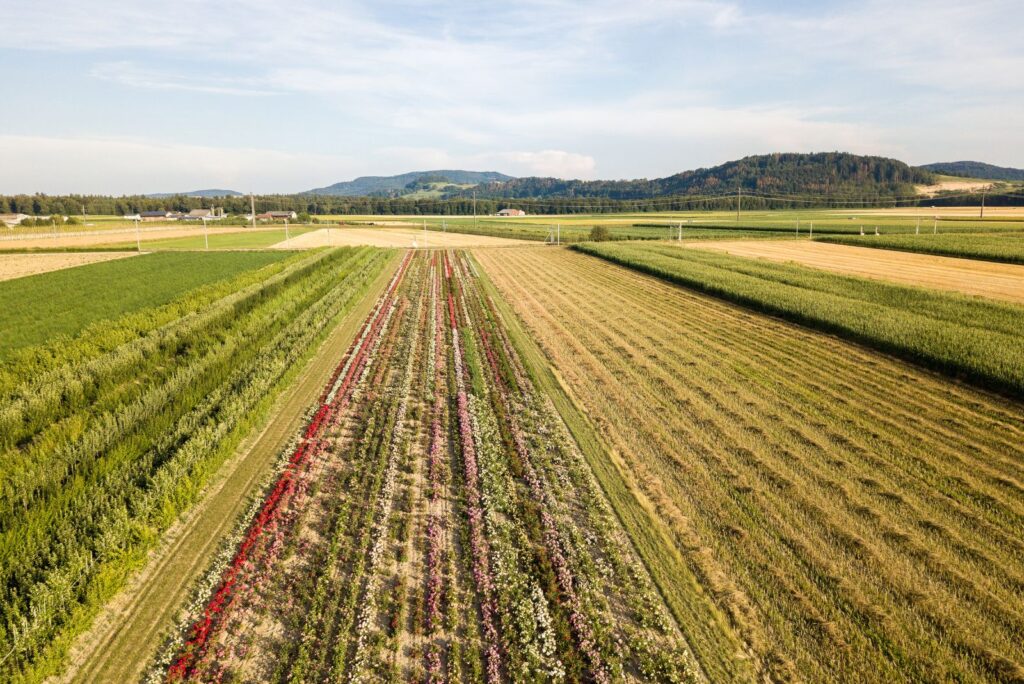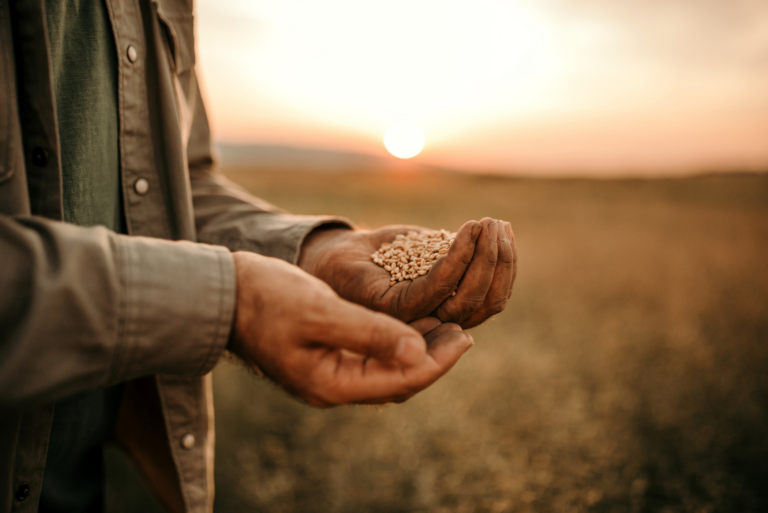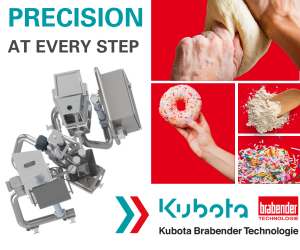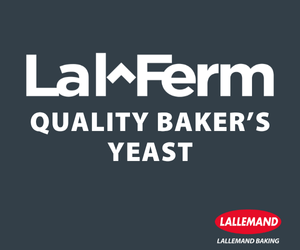KANSAS CITY, MO — If necessity is the mother of invention, then today’s dominant agriculture model was definitely born out of necessity, namely the need to feed a growing global population. Yet, decades of planting mono crops like corn and wheat, combined with soil disruption from constant tilling and the use of chemicals, have degraded soil health, polluted the water and air, and created a sizeable carbon footprint that creates about 25% of the world’s greenhouse gas emissions.
Regenerative agriculture is one promising solution for restoring the earth’s biodiversity. It’s not a new concept, having been around for hundreds of years. But as climate change concerns grow and consumer demand to know where food comes from and how it’s made increases, the regenerative agriculture movement is gaining ground.
According to Datassential, while only 20% of consumers say they’ve heard the term “regenerative agriculture,” 70% agree the food they eat should be grown on farms that use sustainable practices.
Regenerative agriculture takes sustainability a step further. Whereas sustainability measures are designed to stop the depletion of natural resources, regenerative agriculture takes a holistic approach to farming that simultaneously incorporates techniques that restore crop and soil biodiversity, remove carbon from the atmosphere and sequester it in the soil, improve water quality and usage efficiency, and make agriculture as a whole more sustainable.










